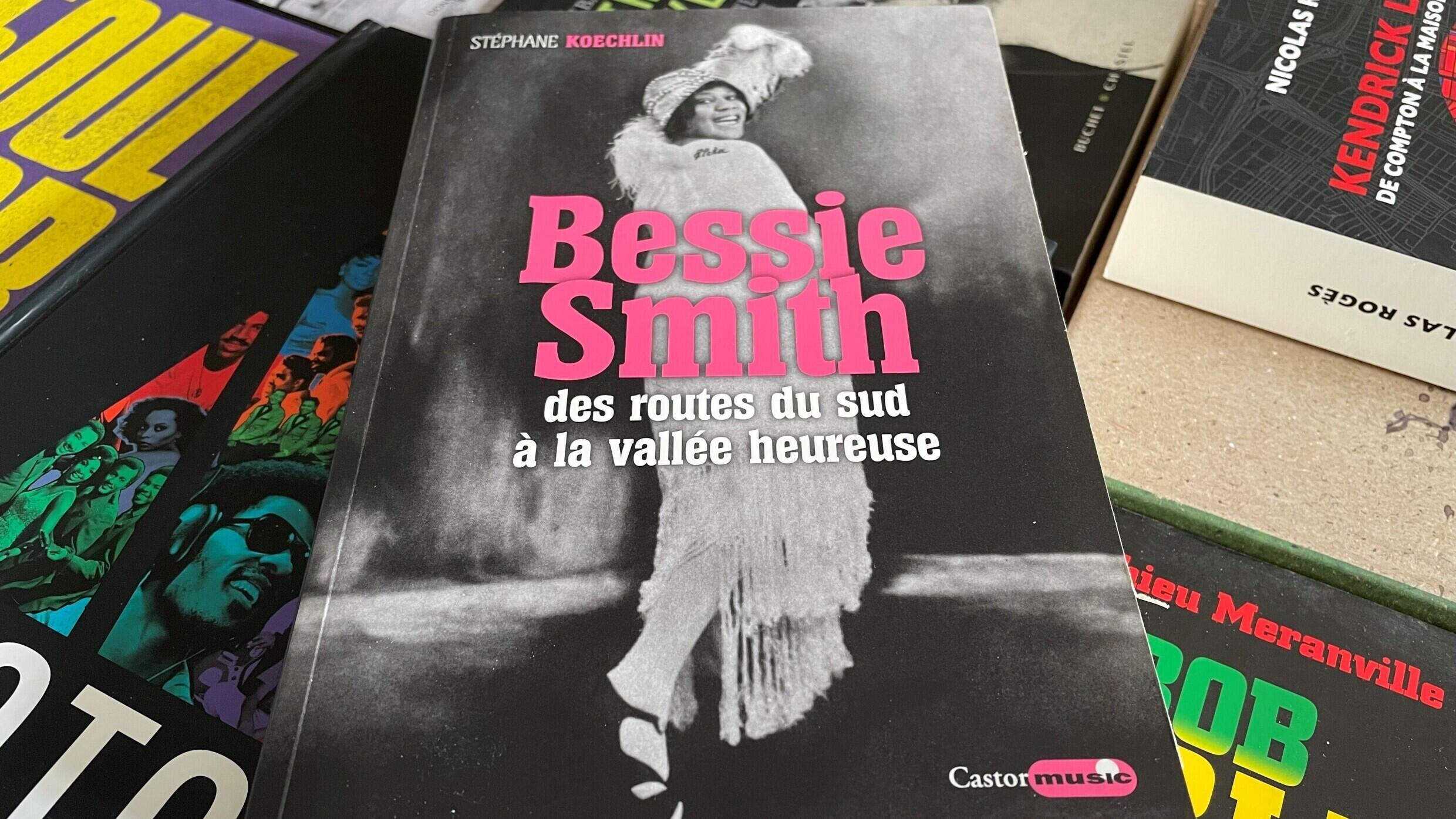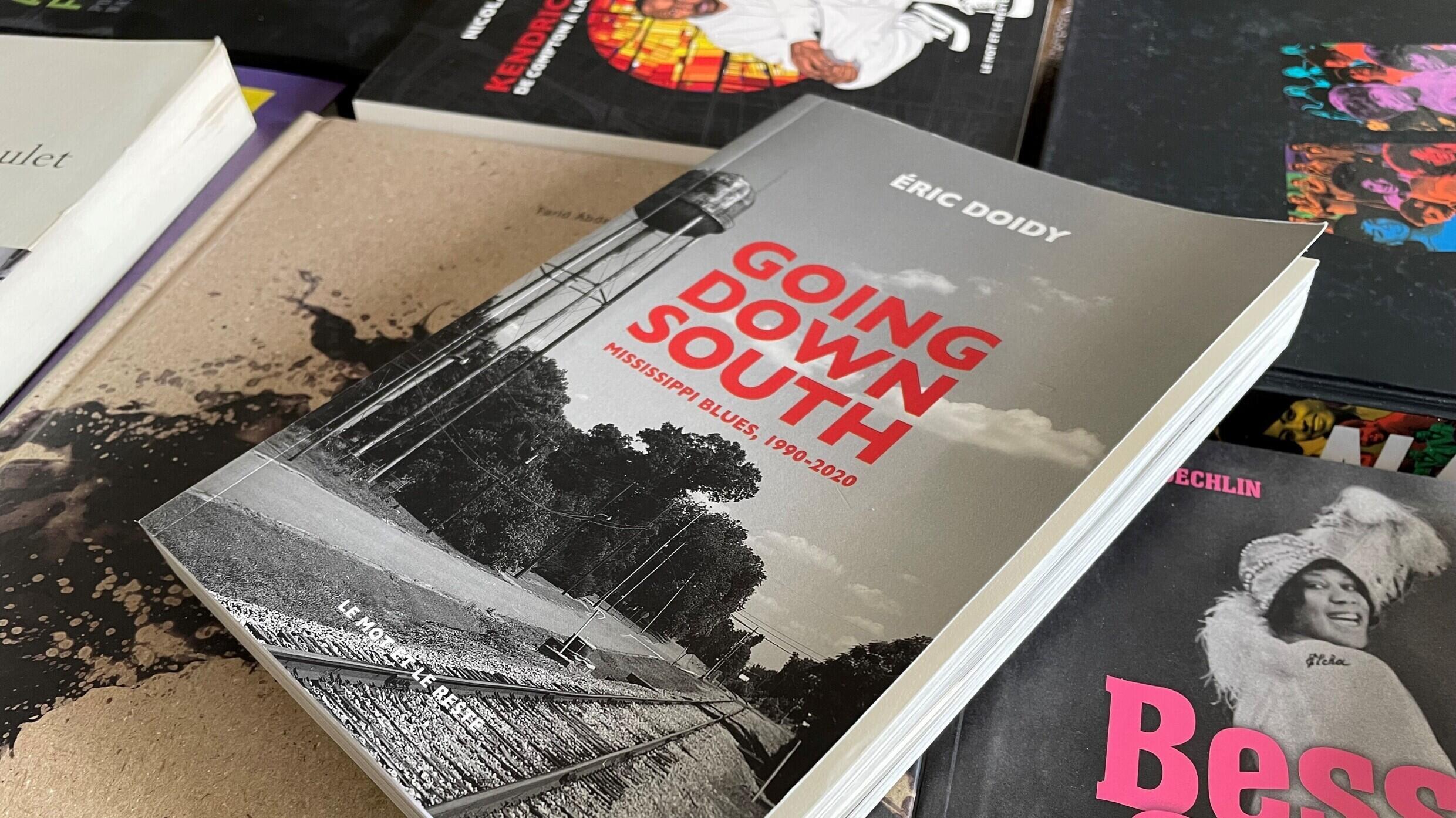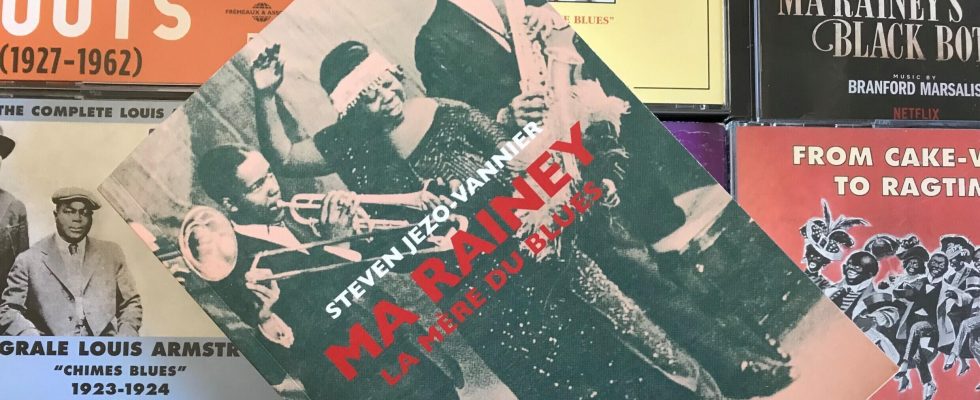If musicians imprint their history through the poetry of notes, writers narrate their destiny in the lyricism of words. Sometimes the two disciplines intertwine and the melody of one feeds the prose of the other. Knowing how to arouse, through words, the interest of demanding listeners is a perilous exercise. However, many authors have pondered, analyzed and studied the place of the great Afro-planetary stars in our international musical landscape.
How can we talk about the blues without going back over the course of history? Understanding the genesis of this African-American musical matrix supposes taking a leap of 100 years in the past. At the dawn of the 20th century, the black community in the United States had to face fierce racial segregation which prevented them from defending their place in society. And yet, long before the civil rights movement scratched conservative certainties, men and women managed to make their voices heard. Ma Rainey is one of those rebels who challenge the established order. The shows in which she takes part allow her to ward off fate and proclaim her indignation. Admittedly, the status of a black artist was fragile at that distant time. Bullying, humiliation and caricatures often sap energy and self-confidence. Ma Rainey will be able to overcome her doubts and, although activism is still very risky, she will show her strength of character by imposing a triumphant image. Steven Jezo-Vannier draws the very documented portrait of a free woman whose heavy daily life should not constrain her actions. Claiming his identity was a risk. My Rainey knew it, but nothing and no one could muzzle her. Awarded in 2023 by the Jazz Academy in France, the book ” Ma Rainey, the mother of the blues (Ed. The Word and the Rest) is a striking dive into the black America of the 1900s.
Bessie Smith was also a strong woman whose aura continues to fascinate her heiresses. Born in 1894 in Tennessee, she will know, like many of her contemporaries, misery, frustrations, loneliness, from her earliest childhood. Left to herself at the age of 9, after the death of her parents, she will find the strength to grow up with her sister Viola. She then acquires this whole and rebellious character which will, much later, make her famous. Forced, in order to survive, to criss-cross this great hostile country which nevertheless saw her birth, Bessie Smith left an indelible mark claimed by Billie Holiday, Nina Simone or Janis Joplin. She was and remains an icon for the black community internationally. Its history is brilliantly restored by Stéphane Koechlin in his breathless account ” Bessie Smith, from the roads of the South to the happy valley », published in 2018 by Castor Astral.

Evoking distant times sometimes imposes freedom from temporal precision when the archives have not documented certain events. It is then necessary to find a response to the absence of tangible proofs. Jonathan Gaudet preferred the romantic narration to draw the portrait of another personality of the ancestral blues, the guitarist and singer Robert Johnson. Born on May 8, 1911 in the heart of Mississippi, Robert Leroy Johnson has long been described as an enigmatic man, whose tenacious legend has it that he crossed paths with the devil and sold his soul in exchange for undeniable guitar virtuosity. This fable is obviously not based on any proven fact, but nevertheless persists in the minds of blues storytellers. The reality is quite different. Faced with the harshness of racist America at the beginning of the 20th century, this young African-American from the southern countryside had to fight hard to exist and assert his talent. Although subject to controversy, the disappearance of Robert Johnson in August 1938 joins, in the imagination of Jonathan Gaudet, the thesis most often considered: poisoning. This freedom to interpret reality will certainly upset the supporters of biographical authenticity, but who cares… Redrawing the contours of a life does not alter its value. Playing with the key moments of a bygone era contributes to its present vigour. This is how it should be read The ballad of Robert Johnson “.

The blues has transformed, evolved, matured over the decades. Identifying it at the beginning of the 20th century would freeze it in time and condemn it to a reading of heritage. Sociologist Éric Doidy has traveled the Mississippi to feel the vigor of contemporary artists. ” Going Down South » (Ed. The word and the rest) is a dense work punctuated by rough but authentic testimonies. Whether you are in Clarksdale, Holly Springs, Greenville, Indianola, Oxford or Jackson, a special atmosphere reigns in Mississippi. This state, long segregationist, is unable to get rid of its social, violent and unequal past. During his meetings, at the turn of the 2000s, with the actors of the American Southern heritage, Éric Doidy felt this harshness which seems to have never softened over the decades. The portraits he sketches of all these brave bluesmen reflect this painful secular African-American destiny. Faced with these witnesses and actors from rural America, he perceived mistrust, distrust, but also generous simplicity during ultimately warm exchanges. Éric Doidy has therefore added a stone to this slow, tedious, but so useful rehabilitation edifice for understanding the challenges of 21st century America, which is still too reluctant to honor the builders of its greatness.

Instrumentalists write scores. The writers pace the letters. These two worlds read and listen to each other…
To read :
– ” Ma Rainey, the mother of the blues » (Ed. The word and the rest) – 2022
– ” Bessie Smith, from the roads of the South to the happy valley » (Ed. Castor Astral) – 2018
– ” The ballad of Robert Johnson » (Ed. The word and the rest) – 2021
– “Going Down South » (Ed. The word and the rest) – 2020.
